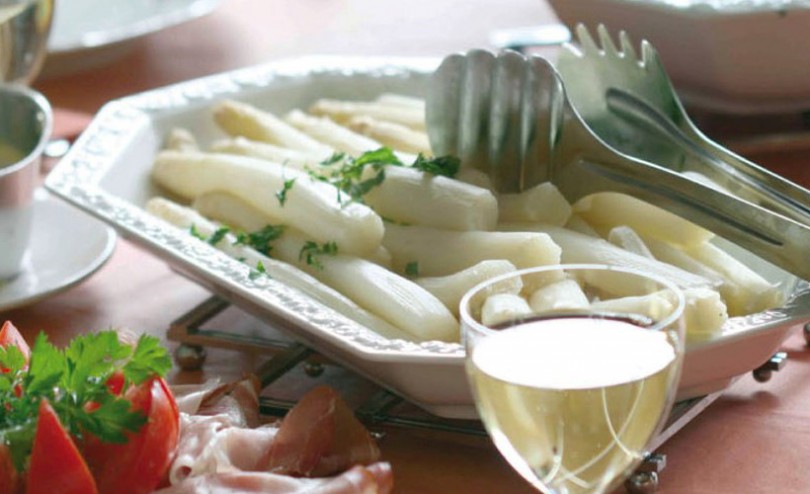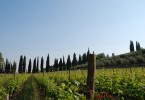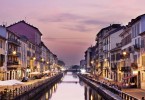Characteristics of Asparagus IGP
Asparagus IGP grows on alluvial soils on the sides of River Piave. Their richness in minerals give to asparagus a unique taste known from the Romana era. Its white colour depends on the fact that it block the photosynthesis. The farmers, in fact, cover asparagus with dark cloths to shelter them from the light. Asparagus has an high nutritional value, but, in the meantime it is rich in mineral salts like magnesia, selenio and calcium. It contains also Vitamin B and C and it has antioxidant properties. Its diuretic power is a great help to detox the organism. The IGP certification help the consumer to recognize it on the market, even if for a short period of time, in the months of April and May. Asparago di Cimadolmo is the only seasonal product without treatment to have obtained the IGP recognition.
Route of Asparagus
The Route of Asparagus twists and turns along the sides of River Piave. The territory has been the set of many historical events from the Roman era till the First World War. Different populations settled down here from the Paleolithic times like the findings in this area can prove. There are 11 municipalities involved in the Route of Asparagus, spread on 90 km. The journey will lead the visitors to an amazing journey through history, cuisine and ancient traditions. Municipalities, restaurants, hotels and local institutions work together to promote Asparagus IGP and its territory.
Breda di Piave and Cimadolmo, two natural oasis on the Road

The human settlements in Breda di Piave dated back to the paleolithic. In the Roman era, the territory was assigned to the people that take part to the army. During the Medieval period, a Castle was built here and around it the town grown. Two natural sites to visit are: Bosco Planiziale and Bosco degli Ontani. All around it there are ancient villas with amazing frescoes and churches.. The name
Cimadolmo derives from the fact that the monks introduced an elm in a place without vegetation. After that, the main cultivations begins to spread: vine, cereals, reed. Famous are the churches of San Michele Arcangelo and San Silvestro, where there is the Lourdes grotto with the statue of the Virgin inside it. In the area it is possible to taste the typical cuisine with Asparagus, suggested by the restaurants that adhere to the project.
Route of Asparagus between history, art and culture in Oderzo
Oderzo is one of the most suggestive location on the Route of Asparagus. Here, history, culture and art create an interesting tour. The City Museum, the Civic Art Gallery and the Public Library are places to not miss. The Cathedral stands impassive with its Renaissance facade. All around it, there is a crawl of small streets with a covered walkway where it is possible to experience the real atmosphere of the city. Outside the walls, it is possible to visit Cason del Piavon, the characteristic building of the countryside built with waste materials among which reed and wood. There are, of course also restaurants and wine shops where it is possible to taste the dishes where the asparagus is the main character.
Santa Lucia: yesterday on the Route of Asparagus
Santa Lucia is famous for the ancient fairs held here. It was located on via Ongaresca, important crossroad between Northern Europe, Est and the sea. The trade was well developed involving any type of goods. The city spread rapidly, the craft shops worked heavily as there was the need to built wagons to transport goods: wool, clothes, iron and charcoal from the north. In fact the countryside of veneto, instead, send fruit, vegetables and wine. The numerous buildings and ancient villas spread in the area recall this flourishing trade. Villa Corner Campana and Palazzi Ancillotto are a magnificent example.
Imagine source: www.stradadellasparago.it







